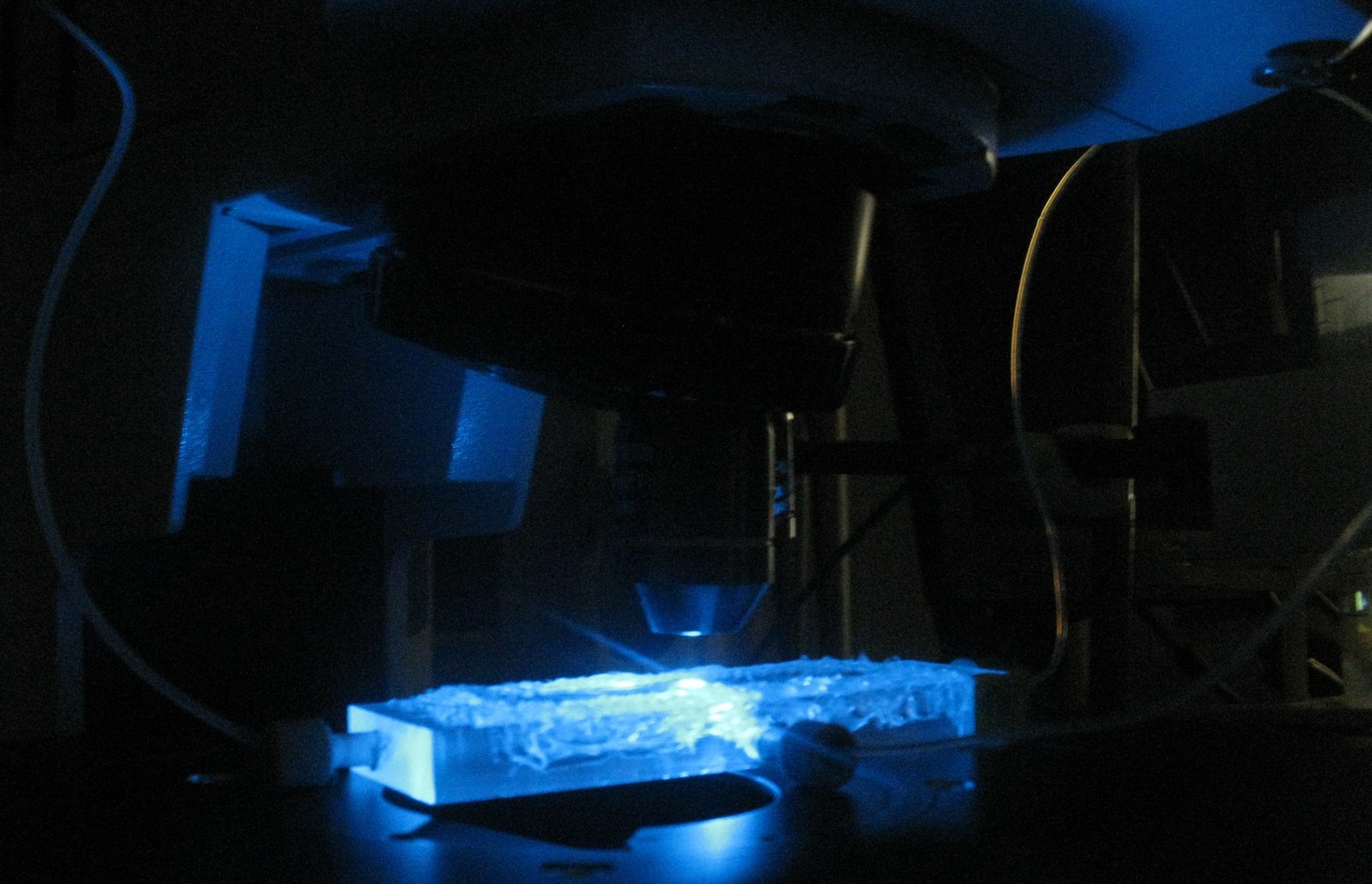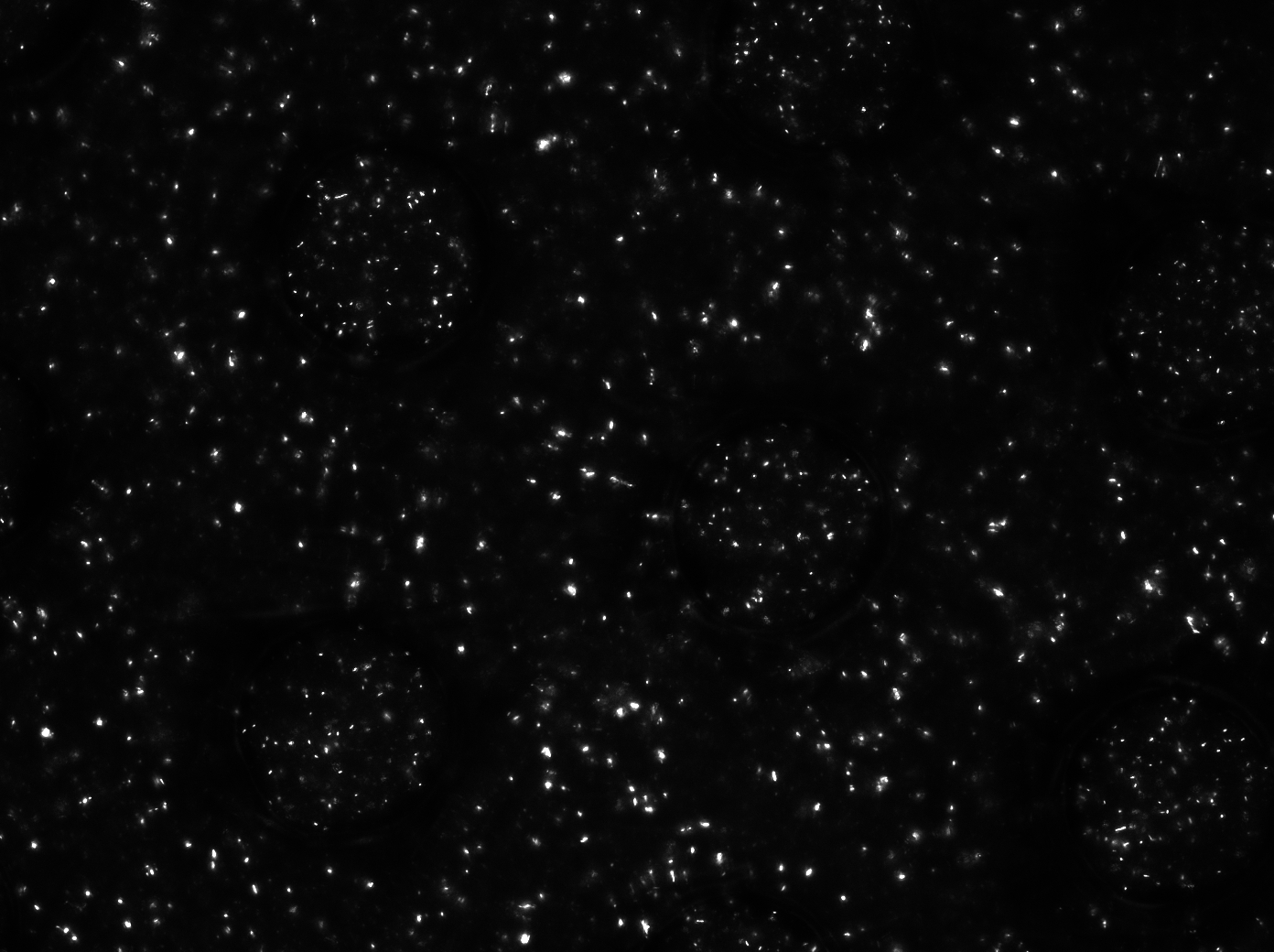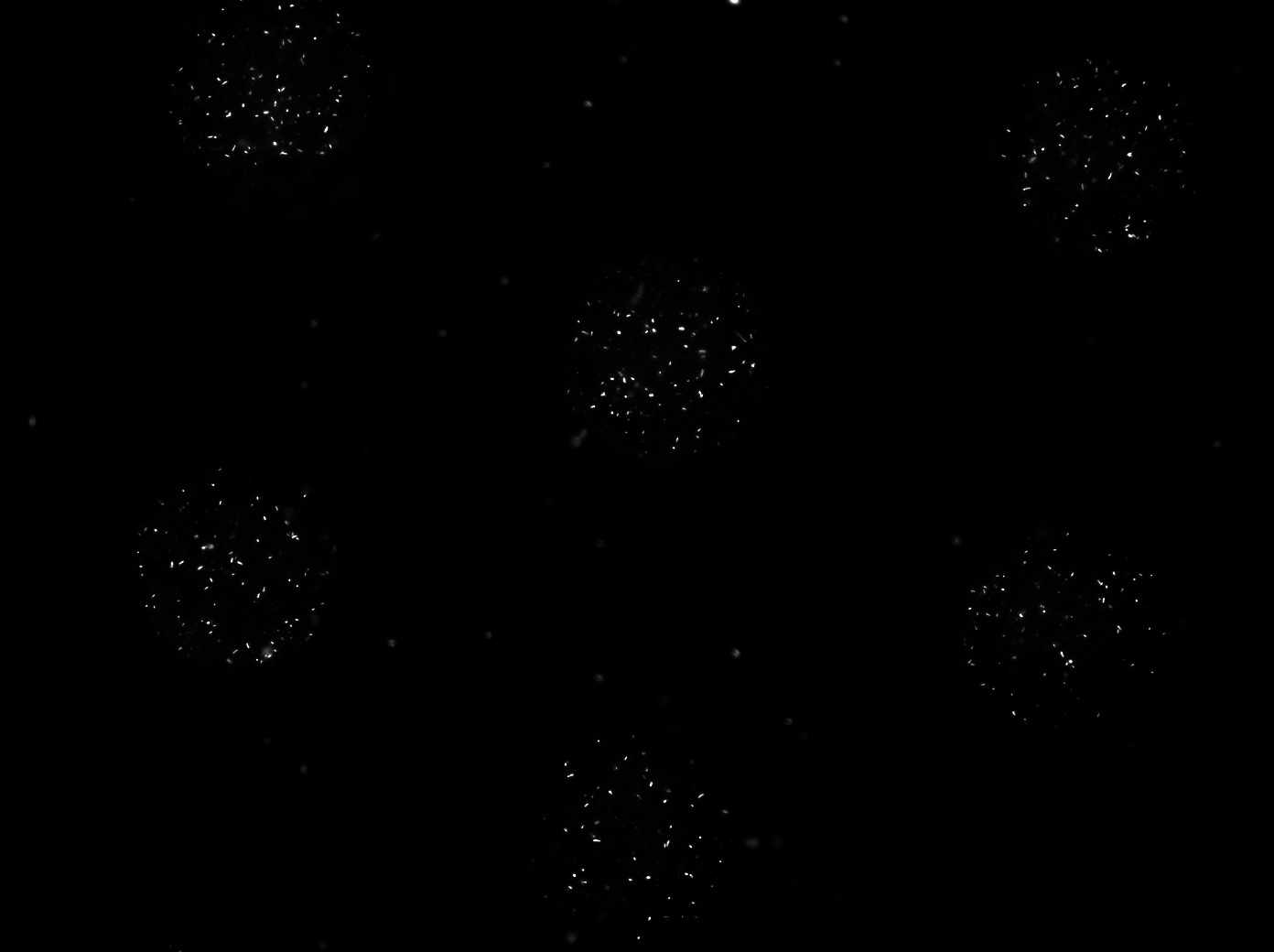Team:Wageningen UR/Project/DevicesMeasuringOscillations
From 2011.igem.org
(→Customary fluidic device designed by Team Wageningen UR to measure oscillations) |
(→Customary fluidic device designed by Team Wageningen UR to measure oscillations) |
||
| Line 37: | Line 37: | ||
After letting the bacteria grow in this manner for 2-3 hours, the PBS was removed with the same syringe that was used to inoculate. The chamber was then let to dry out over night. The two pictures seen below show the micro-dish with a ptet-GFP strain growing in the wells directly before and after removal of the PBS. | After letting the bacteria grow in this manner for 2-3 hours, the PBS was removed with the same syringe that was used to inoculate. The chamber was then let to dry out over night. The two pictures seen below show the micro-dish with a ptet-GFP strain growing in the wells directly before and after removal of the PBS. | ||
| - | [[File:ptetGFP_PBS.jpg| | + | [[File:ptetGFP_PBS.jpg|350px]] [[File:ptetGFP_PBSremoved.jpg|350px|right]] |
| + | |||
| + | For the experiment seen above, the PBS was removed before all the cells died. THe procedure varied depending on how well the bacteria grew in the wells. | ||
Revision as of 12:36, 19 September 2011
 "
"





